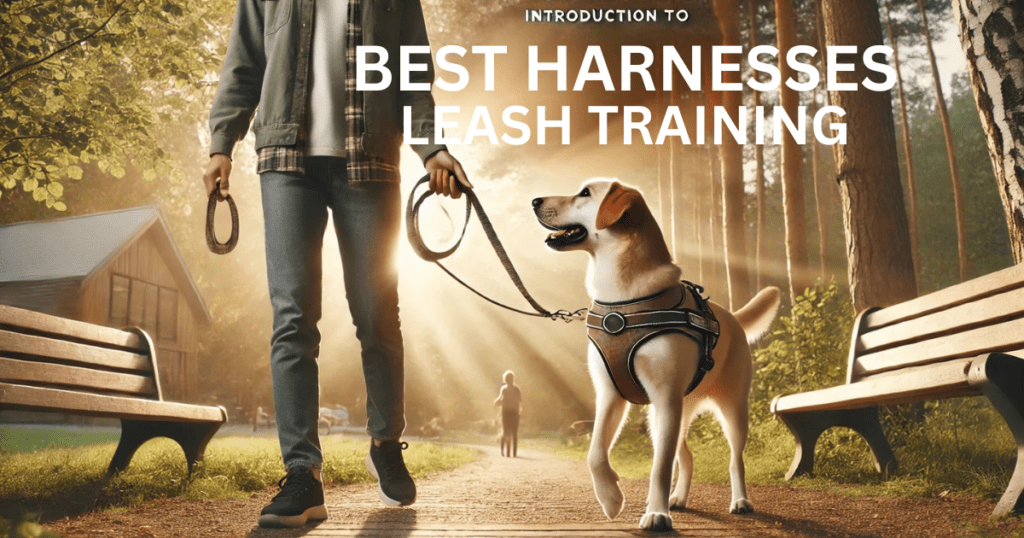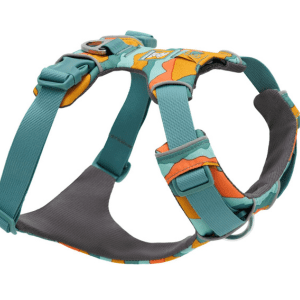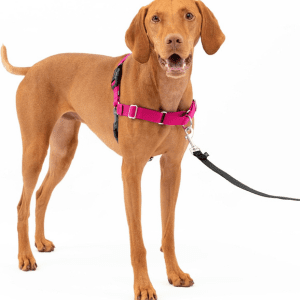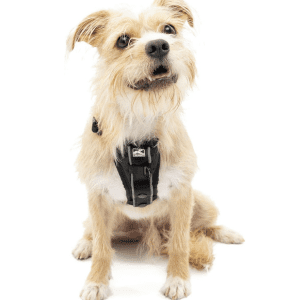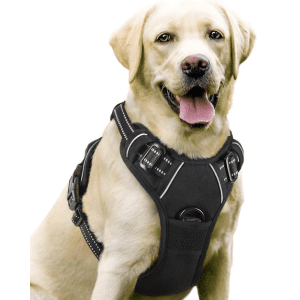Introduction to Best Harnesses Leash Training
Leash training can be challenging, especially if you don’t have the right tools! The key to enjoyable walks with your pup is finding the perfect harness that’s comfortable, secure, and easy to use. What are the best harnesses leash training options available in 2024? Let’s explore the top picks that make leash training more accessible for you and your furry friend.
Why Leash Training Harnesses Are Better Than Collars
- Using collars for leash training comes with several downsides. When a dog pulls, a collar can put significant pressure on the neck, leading to strain and potential injury. This pressure can cause damage to the trachea, which is particularly problematic for small breeds and dogs that pull excessively. Collars may also contribute to increased anxiety during walks, as the discomfort they cause can make leash training more stressful for the dog. Additionally, collars do not distribute force evenly, which can exacerbate behavioural issues like pulling and lunging, making walks less enjoyable for the dog and the owner.
- Harnesses distribute force across the chest rather than focusing pressure on the neck, making them significantly safer for dogs, especially during best harnesses leash training. For additional training tools, consider using the best puppy training pads to keep the training process consistent indoors. By distributing the force evenly, harnesses reduce the risk of injury and help dogs better understand leash cues without causing discomfort.
- The dogs that benefit most from harnesses include puppies, dogs that tend to pull, small breeds, and dogs with respiratory issues. Puppies are still learning to walk correctly, and harnesses provide better control and safety. Dogs that pull excessively benefit from harnesses, especially no-pull designs, as they help distribute force across the chest and reduce strain. Small breeds, whose necks can be more fragile, are better suited for harnesses that protect them from potential injury. Additionally, dogs with respiratory or neck issues should use harnesses to prevent further damage during best harnesses leash training.
Top Features to Look for in Best Harnesses Leash Training
- A well-fitted harness is essential during best harnesses leash training to ensure your dog stays comfortable and cooperative. A properly fitted harness will ensure your dog stays comfortable. When your dog is relaxed, leash training becomes much easier for everyone involved.
- No-pull design: The no-pull design is a game-changer, especially for dogs that think every walk is a chance to pull you around the neighbourhood. Front-clip harnesses give you the leverage to guide your dog in the right direction. Instead of pulling ahead, your dog will naturally be turned toward you—making walks more manageable and training more effective.
- Durability and material quality: A harness is only as good as its construction. Durability is vital—cheap harnesses wear out fast, leaving you frustrated and your dog uncomfortable. Look for solid materials like nylon or polyester with reinforced stitching. High-quality harnesses may cost more upfront but save money in the long run because they don’t need constant replacement.
- Easy-to-use clips and buckles: Nothing’s more frustrating than fumbling with clips and buckles, especially if your dog is squirming to get outside. A harness with easy-to-use clips makes fitting it on your dog quick and hassle-free. Look for large, easy-to-grasp buckles, preferably ones that can be managed one-handed. The easier it is to put on, the more you’ll look forward to those daily walks.
The Best Harnesses Leash Training in 2024
- Ruffwear Front Range Harness: This harness is a sturdy, high-quality option and the perfect selection for best harnesses leash training. Its ergonomic design ensures your dog stays comfortable, even on longer walks.
- Let’s cut through the fluff and get to what matters: the good and the not-so-good.
- Pros: Sturdy, comfortable, easy to adjust.
- Cons: Higher price point.
- PetSafe Easy Walk Harness: The PetSafe Easy Walk Harness is designed to discourage pulling, making it an excellent option for leash training. Its lightweight design ensures comfort without compromising control.
- Here’s the no-nonsense rundown: the upsides and the trade-offs.
- Pros: Effective for reducing pulling, lightweight.
- Cons: Straps can irritate thin-coated dogs.
- Kurgo Tru-Fit Smart Harness: The Kurgo Tru-Fit Smart Harness offers extra safety features, including crash-tested components, making it ideal for pet owners looking for multi-functional use. Its padded structure makes your dog comfortable in the car and on walks.
- Let’s break it down: what hits the mark and what might fall short.
- Pros: Crash-tested for car safety, padded.
- Cons: Heavier than other harnesses.
- Rabbitgoo No-Pull Harness: The Rabbitgoo No-Pull Harness is affordable and has excellent features, including front and back clip options. It’s perfect for pet owners looking for versatility on a budget.
- Here’s the straight talk: the benefits and the potential drawbacks.
- Pros: Budget-friendly, front and back clips.
- Cons: Buckles can be tricky for some owners.
How to Use a Harness for Effective Leash Training
- Introduce the harness slowly: Let your dog get comfortable wearing it by allowing them to sniff and explore it before putting it on. Gradual exposure helps prevent any anxiety or resistance.
- Use treats and positive reinforcement during harness and leash training: Reward your dog with treats and praise each time they walk calmly beside you. Positive reinforcement makes best harnesses leash training more effective and enjoyable. A treat pouch, like one of the best treat pouches dogs love, can make rewarding your dog easier during training sessions.
- Practice walking in a quiet area before trying more distracting environments: Start in a low-distraction area like your backyard to help your dog focus on you. Gradually increase the difficulty level as they improve.
- Tips for correcting pulling behaviour with a front-clip harness: When your dog pulls, gently guide them back towards you using the front-clip. This redirects their attention and helps reinforce proper walking behaviour.
Common Mistakes to Avoid When Leash Training with a Harness
- Over-tightening or under-tightening the harness: How to find the right fit. Make sure the harness is snug but not overly tight. You need a space of two fingers between the harness and your dog’s body. An improper fit can cause discomfort or allow your dog to slip out.
- Forgetting to reward good behaviour consistently: Consistent rewards reinforce good leash behaviour. Giving your dog a treat and praise every time they display good behaviour is the thing to do. This positive action will encourage them to repeat this good behaviour, creating a solid bond between you and your furry friend. Following these correct commands and using the best harnesses leash training recommendations make training your dog more effective.
- Using the harness inconsistently leads to confusion: Switching between a harness and a collar can confuse your dog. Stick with the harness until your dog has mastered leash training to avoid mixed signals.
- Not using the correct harness for your dog’s needs (e.g., size, personality): Each dog is unique, and the harness must match their size and personality. A poorly chosen harness can hinder training or cause discomfort, making walks a struggle rather than a joy.
Best Harnesses Leash Training Conclusion
Leash training makes walks more enjoyable for you and your dog. Choosing the proper harness can make all the difference, especially regarding the best harnesses leash training, reducing pulling, enhancing comfort, and ensuring a positive training experience.
Take your time to select the harness that fits your dog’s size, needs, and personality—the perfect harness will make every walk a breeze! Ready to take the next step? Click the links above to learn more about these top harnesses and start leash training with confidence today.
Affiliate Disclosure
This post contains affiliate links, including links to Amazon products. If you click on these links and make a purchase, we may earn a small commission at no additional cost to you. This helps us continue to provide helpful content for our readers.
